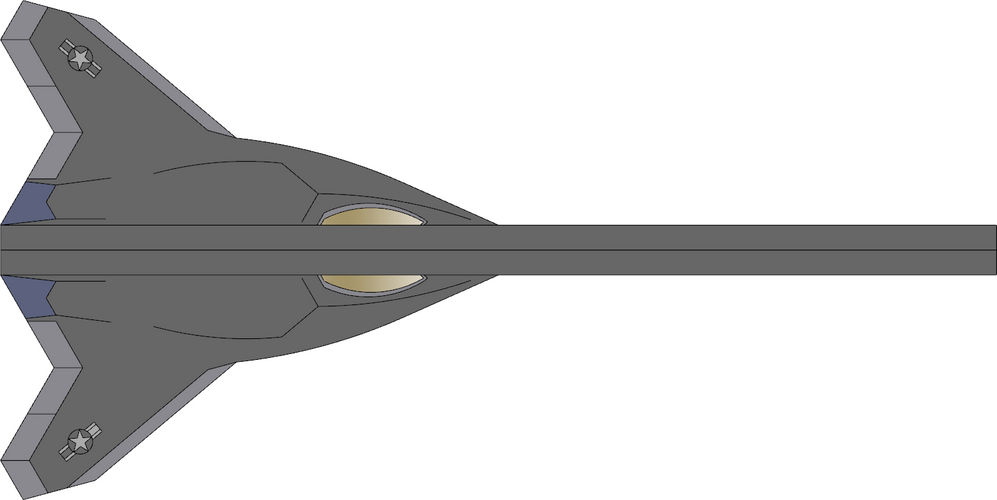Scott Kenny
ACCESS: USAP
- Joined
- 15 May 2023
- Messages
- 11,579
- Reaction score
- 14,216
I can definitely see wanting to make the planes only last about 20-30 years not 40-50, because of how fast technology has advanced. FFS, F-22s have computer chips made in the early 1990s in them!I get the feeling that Allvin may personally want to be an advocate for applying the CCA methodology to future crewed fighters, meaning digital design, short fatigue life, shorter service life, lower tech, avoiding long sustainment costs, avoiding long tech development or fielding, rapid development, etc.
A bit like C.Q. Brown came into office expressing interest in a next gen non-VLO fighter, and making the F-35 the "Sunday fighter" that generally would fly less, avoid the desert, etc, but still be available for high end conflict. I am NOT necessarily trying to link Allvin's ideas to Brown's as specific concepts, just saying that I think both of them were giving voice to personal preferences (which they have probably now talked up to the AS 2050 people) rather than speaking ex officio about finalized official Air Force conclusions.
It also helps keep the different aircraft makers involved, since pretty much as soon as the contract is signed and the NGAD is in IOC, you start designing the replacement.
Plus, now the design and delivery of a new plane can be staggered. High end fighter designed, start designing low end fighter that enters service ~10 years after high end plane hits IOC. Soon as the low end fighter hits IOC, start designing new high end fighter. repeat.
Though as a side note, I'm kinda expecting the USAF to also need an actual medium-ish bomber. Something with half the range of the B21 but the same bombload. An F-15E/F-111 replacement.



